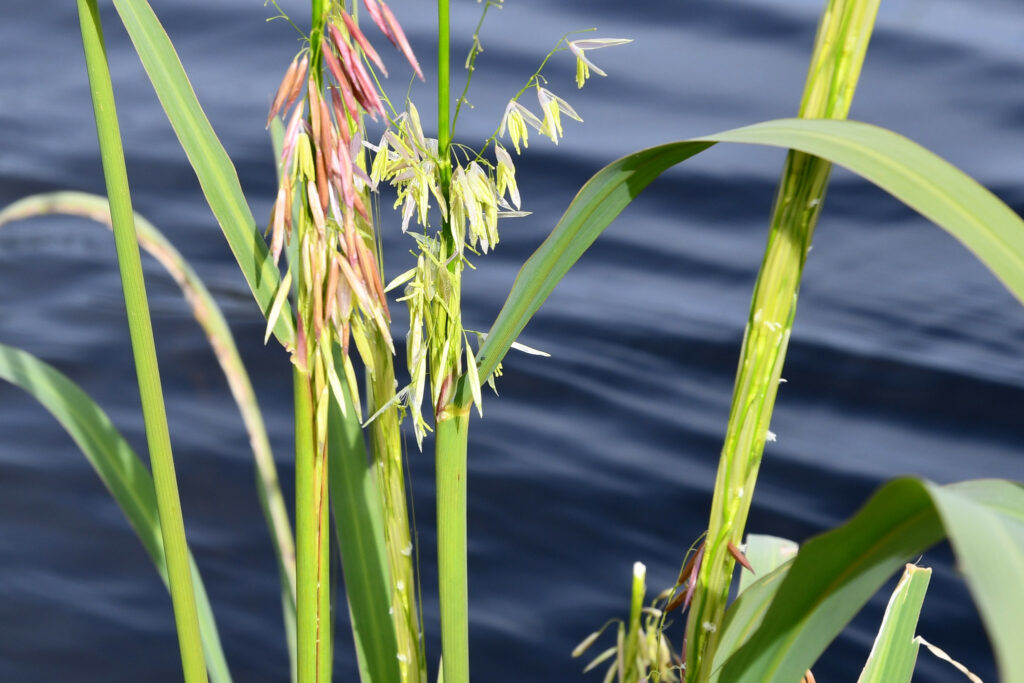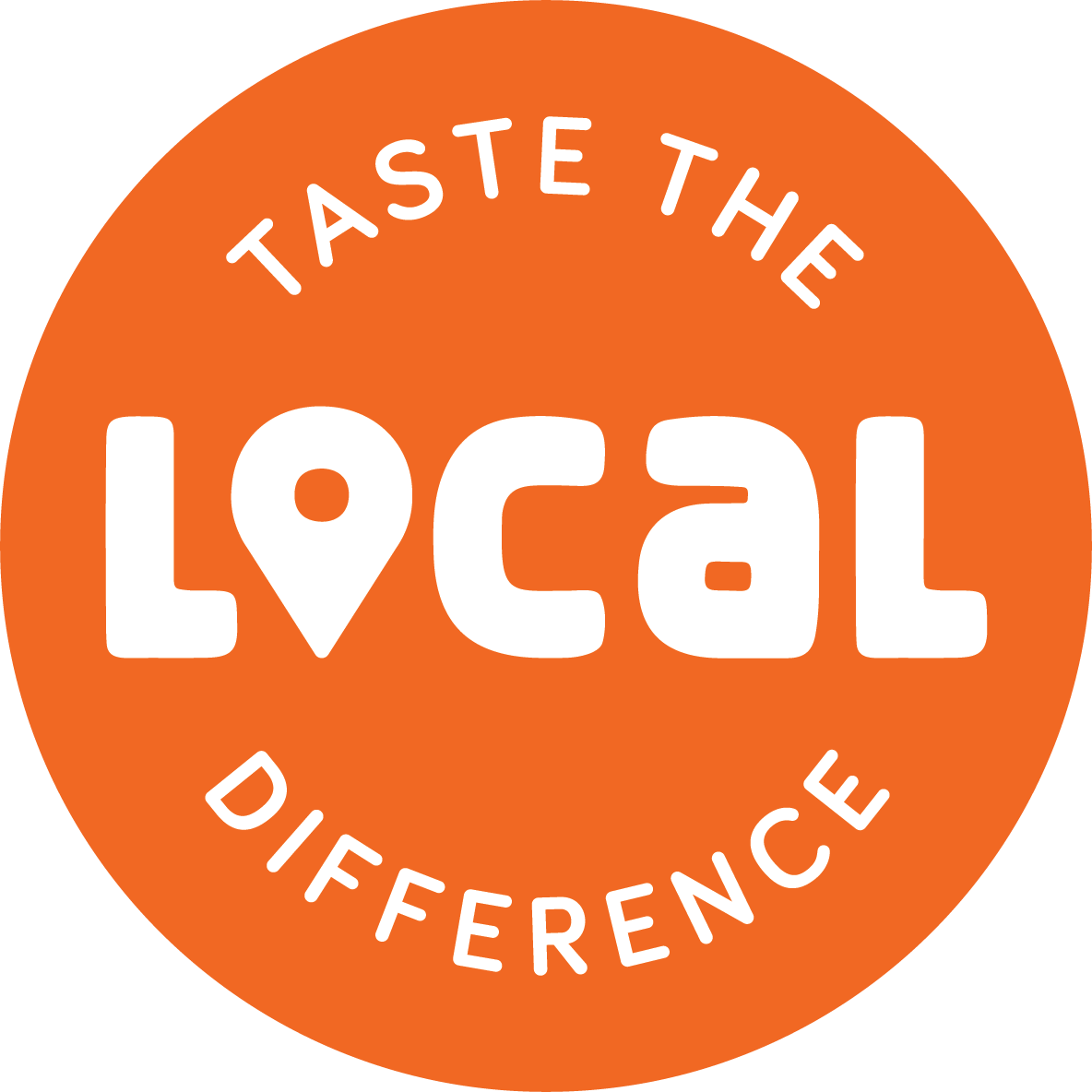Manoomin, also referred to as mnomen or wild rice, is inseparable from Michigan’s land and people. A true heritage food, Manoomin is essential to the story of man’s first arrival in Michigan. Roger LaBine, Water Resource Technician for the Lac Vieux Band of Lake Superior Chippewa, based in Watersmeet, Michigan, offered his time and expertise on Manoomin.
LaBine explains that Manoomin translates directly into ‘the Good Berry’ in Ojibwe and that it was a part of the Seven Fires Prophecy that brought the Three Fires people to the Great Lakes basin. The prophecies told them they would face destruction by staying at what is now the St. Lawrence Seaway and that they needed to move in the direction of the setting sun until they found the food that grows on water. For LaBine’s tribe, that meant going as far as Madeline Island, and then eventually settling in Watersmeet, where they now harvest Manoomin in August and September. Manoomin, along with maple syrup, allowed these first people to thrive in their new, now ancestral and modern-day, homeland – despite the harsh winters.
LaBine instructs that Manoomin is of sacred importance to him and all Midwest Indigenous people. When harvests happen, he offers tobacco and speaks to the spirit of the rice bed, which he names the spirit garden. He explains that Anishinaabe teachings tell us that the muskrat sacrificed his life to bring Manoomin to the heart of Turtle Island, what we now also consider the Great Lakes basin. LaBine and his culture hold the plant sacred for offerings to those who have recently moved on. Additionally, processing the rice creates an opportunity for the community to come together and return to the Creation story.

Michigan Manoomin isn’t found on grocery store shelves. The value of the ‘Good Berry’ lies far beyond financial recompense. It’s not completely harvested like other crops but some is left with respect to the plant’s life cycle of reseeding in September. LaBine says that harvests are focused on taking only what is needed and that this is ecologically important. Manoomin faces environmental dangers brought in by the effects of climate change, or the water itself being disturbed by waterfront recreational activities. To protect the rice bed, only certain sizes of canoes and push poles are used to maneuver, and rice knockers are used to harvest, which delicately knock the grain into the canoe. Manoomin that isn’t harvested is ecologically important to aquatic wildlife and supports the entire natural system.
LaBine notes that Michigan is well behind other states in its protection of Manoomin. In other states, 80% of Manoomin beds are located on tribal land and are under the protection and stewardship of the people connected to it. He notes that this is now the third administration considering placing Manoomin as Michigan’s state grain, which will allow more legal protections to safeguard this resource in dramatic decline. As of this time, Senate Bill 0802 is still in the works and has not been passed by any legislative body.
If you do have the opportunity to support an Anishinaabe food producer by purchasing Manoomin, follow this recipe from Barbara Heqet of the Bad River Ojibwe Reservation in Northern Wisconsin (Heavy Table). Manoomin has a different nutritional structure than other rice because it is a different plant entirely, and offers a much higher protein content; it’s also beneficial to cardiovascular health, according to the University of Wisconsin SeaGrant. This plant is highly beneficial to eaters of all shapes and sizes, including moose to invertebrates.
Taste the Local Difference, and I as a writer, are not experts on Manoomin. To learn more about this vitally important food from those connected to it, visit the following resources from Indigenous sources or those recommended by LaBine:
- Flyer: Great Lakes Indian Fish and Wildlife Commission
- Video: Mnomen (Wild Rice) – The Food that Grows On Water (Gun Lake Tribe) (see below)
- Connection: Michigan Wild Rice Initiative
- Video: See Roger LaBine Dancing Rice: Why is Wild Rice so Expensive? (see below)
- Book: Barb Barton: Manoomin in Michigan
Claire Butler is the Content Strategy Specialist for Taste the Local Difference. Contact her at [email protected].
